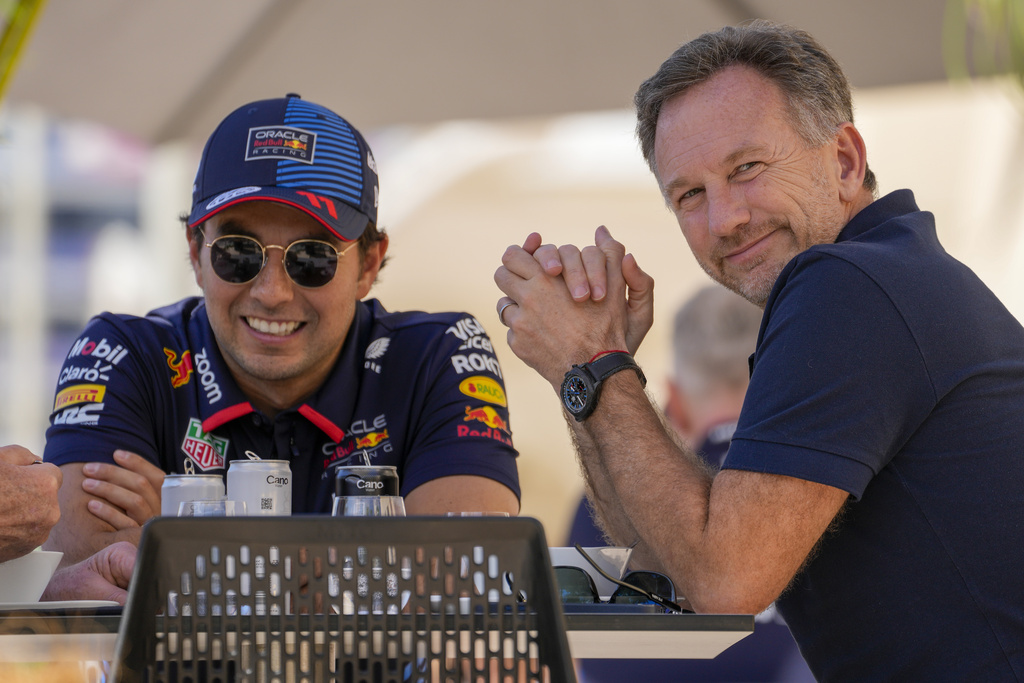
The Evolution of Boxing: Modern Techniques and Training Strategies
Jody
- 0
Boxing has been around for centuries, and over that time, the sport has evolved significantly. From the techniques used in the ring to the training strategies employed by boxers, the sport has seen a continuous evolution that has made it a more sophisticated and strategic discipline. In this article, we will explore the modern techniques and training strategies that have emerged in the evolution of boxing.
One of the significant developments in boxing has been the evolution of techniques used in the ring. In the past, boxers relied heavily on brute force and endurance to win matches. However, with advancements in sports science and technology, boxers have adopted a more strategic approach to the sport. Footwork, defensive techniques, and counterpunching have become crucial elements of a boxer’s repertoire. Modern boxers are also more versatile, combining different fighting styles and adapting their techniques to their opponents. This evolution has made the sport more dynamic and exciting for both the fighters and the audience.
Another key aspect of the evolution of boxing is the development of training strategies. In the past, boxers focused primarily on strength and conditioning, often engaging in intense physical workouts to build endurance and power. However, modern training strategies have emphasized a more holistic approach to fitness and skill development. Boxers now incorporate diverse training methods such as plyometrics, agility drills, and flexibility training into their routines. They also use high-tech equipment and sports science to analyze their performance and improve their training regimens. Nutrition and mental preparation have also become essential components of a boxer’s training, helping them to optimize their performance in the ring.
In addition to physical training, modern boxers also benefit from advances in sports psychology and mental conditioning. They work with sports psychologists and mental performance coaches to improve their mental toughness, focus, and confidence. This has enabled boxers to develop a winning mindset and handle the pressure of competition more effectively. The mental aspect of boxing is now recognized as being just as important as physical training, contributing significantly to a boxer’s success in the ring.
Furthermore, technology has played a significant role in the evolution of boxing. High-speed cameras, motion sensors, and other advanced tools are now used to analyze a boxer’s movements and improve their techniques. Virtual reality and simulation training have also become popular, allowing boxers to practice and strategize in a controlled environment. These technological advancements have revolutionized how boxers train and prepare for fights, enhancing their overall performance and skill development.
In conclusion, the evolution of boxing has seen significant advancements in both techniques and training strategies. Modern boxers are more strategic, versatile, and well-rounded athletes, thanks to the adoption of new training methods and the utilization of advanced technology. The evolution of boxing continues to shape the sport, making it more dynamic and competitive than ever before. As the sport continues to evolve, we can expect to see even more innovations that further elevate the skill and artistry of boxing.


